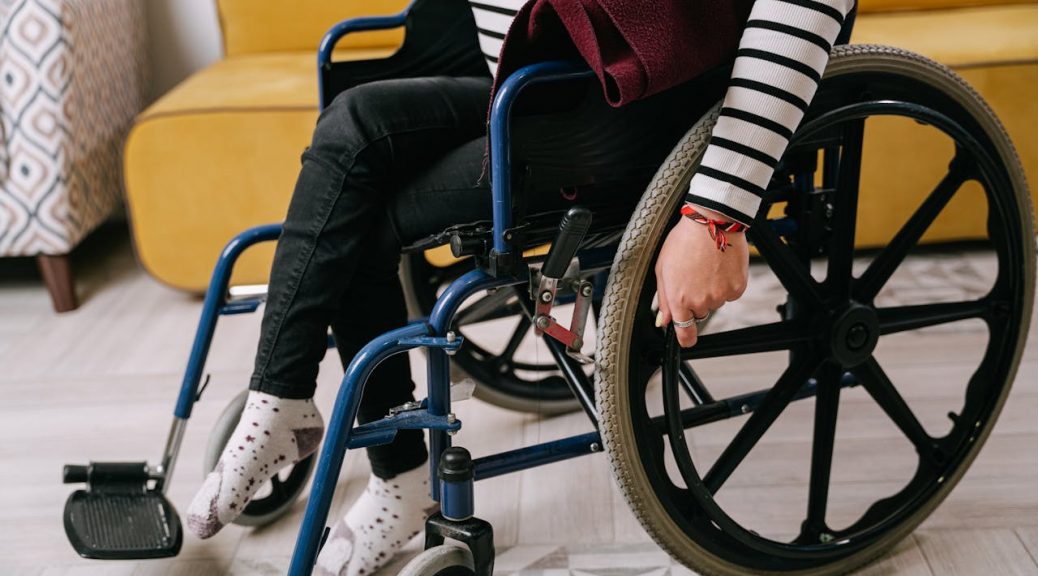
How To Make Your Home More Wheelchair Accessible
Creating a wheelchair-accessible home isn’t just about compliance. It’s about independence, dignity, and quality of life. Whether you’re preparing for a loved one’s return from rehabilitation, aging in place, or living with a mobility challenge yourself, making thoughtful modifications to your home can transform daily living from a series of obstacles into a space of freedom and comfort.
Understanding the Basics of Wheelchair Accessibility
Before diving into specific modifications, it’s important to understand what wheelchair accessibility truly means. At its core, accessibility is about creating pathways, spaces, and systems that allow someone using a wheelchair to move through their home safely and independently. This involves considering doorway widths, flooring surfaces, turning radiuses, and more.
Entryways and Doorways
The journey to an accessible home begins at the front door. If there are steps leading to your entrance, installing a ramp is often the most critical modification you’ll make. Ramps should have a gentle slope to avoid gaining too much speed when going downhill.
Standard doorways in many homes measure 24 to 28 inches wide, but wheelchair users need at least 32 inches of clear passage. Widening doorways may require removing trim or adjusting door frames. Lever-style handles are much easier to operate than traditional knobs. If structural changes aren’t possible, offset hinges can add an extra inch or two of clearance.
Bathroom Modifications
The bathroom is often the most challenging room to make accessible, but it’s also one of the most important.
Roll-in or curbless showers eliminate the need to navigate a threshold and provide easy wheelchair access. Install a shower seat or bench, along with grab bars strategically placed for transfers and stability. Handheld showerheads with adjustable height settings offer flexibility and ease of use. These small adjustments will make showering independently possible, which can be very empowering for your patient.
Besides shower fixes, installing grab bars on both sides of the toilet provides essential support for transfers. Wall-mounted or pedestal sinks with open space underneath allow wheelchair users to roll up close and use the sink comfortably. Faucets with lever handles are easier to operate than twist knobs when brushing teeth and washing hands, too.
Kitchen Adaptations
The kitchen is the heart of the home, and maintaining independence in meal preparation is vital for quality of life. Lower a section of countertop to create a workspace that’s accessible from a seated position, with open space underneath for wheelchair clearance.
Lower cabinets with pull-out shelves make it easier to access items without reaching or bending. Upper cabinets can be fitted with pull-down shelving systems, too. Side-opening ovens or wall ovens mounted at an accessible height eliminate the need to reach over a hot door for patients who want to keep their cooking schedule during recovery.
Bedroom and Living Spaces
Ensure there’s adequate space around the bed for wheelchair maneuvering, especially if transfers during the night are needed. Adjustable-height beds can be raised or lowered to facilitate easier transfers, too. Consider the placement of light switches, thermostats, and electrical outlets, ensuring they’re within reach from a seated position.
Flooring and Pathways
Hard, smooth surfaces like hardwood, laminate, tile, or vinyl are ideal because they allow wheels to roll easily. If you prefer carpet, choose low-pile, dense carpet with firm padding. Ensure all flooring transitions are smooth and level. Remove or secure area rugs and mats that can bunch up or create tripping hazards.
Adaptive Equipment and Medical Supplies
Beyond structural modifications, having the right adaptive equipment and medical supplies can greatly enhance accessibility and independence. Items such as transfer boards, grab bars, shower chairs, and reaching aids can make daily tasks more manageable.
At ATC Medical, we understand that creating an accessible home involves more than construction. It requires the right medical supplies and adaptive equipment to support independence and safety. Our comprehensive selection includes bathroom safety products, mobility aids, daily living aids, and much more to help you create a space where you or your loved one can thrive.
Whether you’re looking for grab bars to enhance bathroom safety, transfer equipment to assist with mobility, or specialized products for personal care, we’re here to help. Our knowledgeable team can guide you toward the products that best meet your specific needs. Ready to equip your accessible home with the right medical supplies and adaptive equipment? Visit ATC Medical’s shop today to explore our extensive range of products designed to support mobility, safety, and independent living. Let us help you take the next step toward a more accessible, comfortable living space.